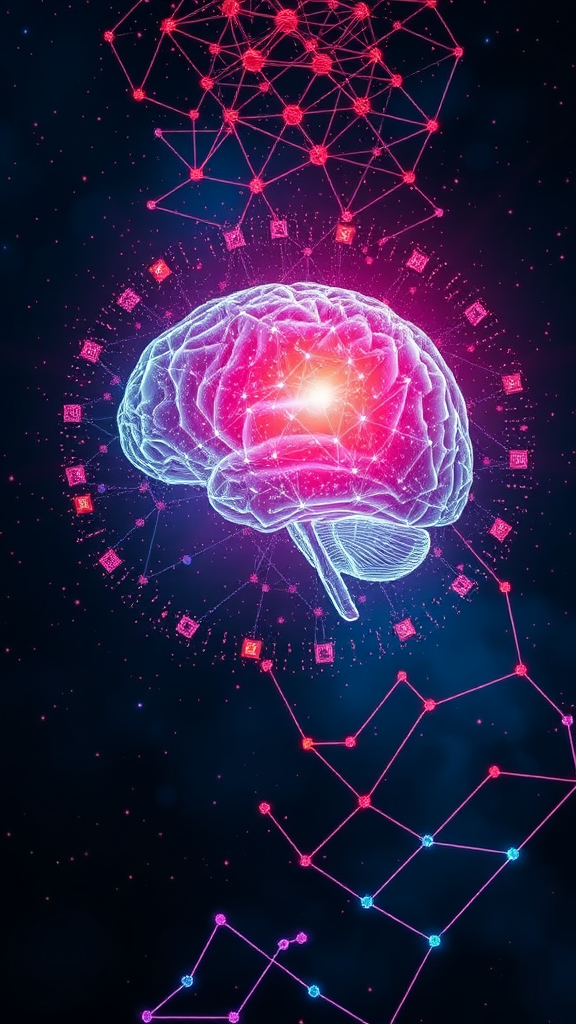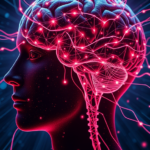The Science Behind Brainwave Frequencies
Exploring the Different Types of Brainwave States
Understanding the Spectrum of Brainwave States
The human brain is a remarkable and complex organ, capable of producing a wide range of electrical activity known as brainwaves. These brainwave patterns are not static, but rather, they fluctuate and change depending on our mental and physiological state. By understanding the different types of brainwave states, we can gain valuable insights into the workings of the brain and how it influences our cognitive, emotional, and physical well-being.
The Five Main Brainwave Frequencies
Brainwaves are typically categorized into five main frequencies, each associated with distinct mental and physical states:
- Beta Waves (13-30 Hz): These are the fastest brainwaves, associated with active thinking, problem-solving, and high levels of alertness. Beta waves are dominant when we are awake and engaged in tasks that require focused attention.
- Alpha Waves (8-13 Hz): Alpha waves are associated with a state of relaxed wakefulness, often experienced during light meditation, yoga, or when the mind is calm and focused. This frequency is linked to feelings of inner peace, creativity, and enhanced learning and memory.
- Theta Waves (4-8 Hz): Theta waves are typically present during deep meditation, sleep, or states of heightened emotional awareness. This frequency is associated with increased intuition, emotional processing, and memory consolidation.
- Delta Waves (0.5-4 Hz): Delta waves are the slowest brainwave frequency and are dominant during deep, restorative sleep. They are linked to physical healing, immune function, and the release of growth hormones.
- Gamma Waves (30-100 Hz): Gamma waves are the highest frequency brainwaves, associated with heightened perception, increased focus, and the integration of information from various parts of the brain. They are also linked to states of compassion, love, and profound spiritual experiences.
The Interplay of Brainwave States
While each brainwave state has its own unique characteristics, the human brain does not operate in isolation. Rather, it is a dynamic system, with different frequencies interacting and overlapping to create a rich tapestry of mental and physical experiences.
For instance, during a typical day, an individual may experience a range of brainwave states. When engaged in a mentally demanding task, beta waves may predominate. As the person relaxes and transitions into a state of calm focus, alpha waves may become more prominent. During meditation or sleep, theta and delta waves may become more pronounced, facilitating deeper levels of relaxation, emotional processing, and physical restoration.
Want a soulmate drawing? Visit maisie harris soulmate drawing reviews.
The Importance of Maintaining Balanced Brainwave Activity
Maintaining a healthy balance of brainwave activity is crucial for overall well-being. When certain brainwave states become overly dominant or imbalanced, it can lead to various cognitive, emotional, and physical issues. For example, an excess of beta waves may contribute to feelings of anxiety, stress, and difficulty relaxing, while an imbalance in delta waves may result in poor sleep quality and disrupted healing processes.
By understanding the different brainwave states and their associated functions, individuals can explore techniques and practices, such as meditation, biofeedback, or neurofeedback, to help regulate and optimize their brainwave activity. This, in turn, can unlock a wide range of benefits, including improved focus, enhanced creativity, better stress management, and overall enhanced cognitive and physical performance.
The exploration of brainwave states is a fascinating journey into the inner workings of the human brain. By understanding the different frequencies and their roles, we can gain valuable insights into the complex interplay of cognitive, emotional, and physical processes that shape our experience of the world around us.
Conclusion
Unlocking the Power of Brainwaves: A Deeper Understanding
The intricate world of brainwave frequencies is a captivating realm that offers profound insights into the workings of the human mind. From the rapid, energetic Beta waves to the deep, restorative Delta waves, each type of brainwave plays a vital role in shaping our cognitive, emotional, and physiological experiences.
By delving into the science behind these brainwave patterns, we uncover the complex interplay between our neural activity and the various states of consciousness we can access. Whether engaged in focused problem-solving, navigating the ebb and flow of our emotions, or seeking deep relaxation and restoration, the rhythmic patterns of our brainwaves serve as a window into the inner workings of our minds.
Exploring the different types of brainwave states further illuminates the versatility and adaptability of our neural networks. From the heightened alertness and analytical thinking of Beta waves to the meditative, intuitive realms of Alpha and Theta waves, each brainwave frequency carries the potential to unlock unique experiences and unlock new avenues for personal growth and self-discovery.
As we continue to delve deeper into the mysteries of the human brain, the understanding of brainwave frequencies will undoubtedly play a pivotal role in unlocking the full potential of the mind. By harnessing this knowledge and incorporating it into our daily lives, we can embark on a transformative journey of enhanced cognition, emotional well-being, and a deeper connection to the vibrant tapestry of our own consciousness.


